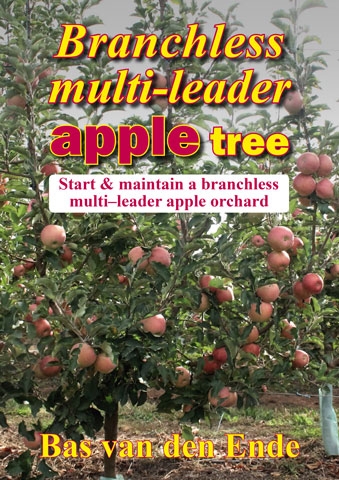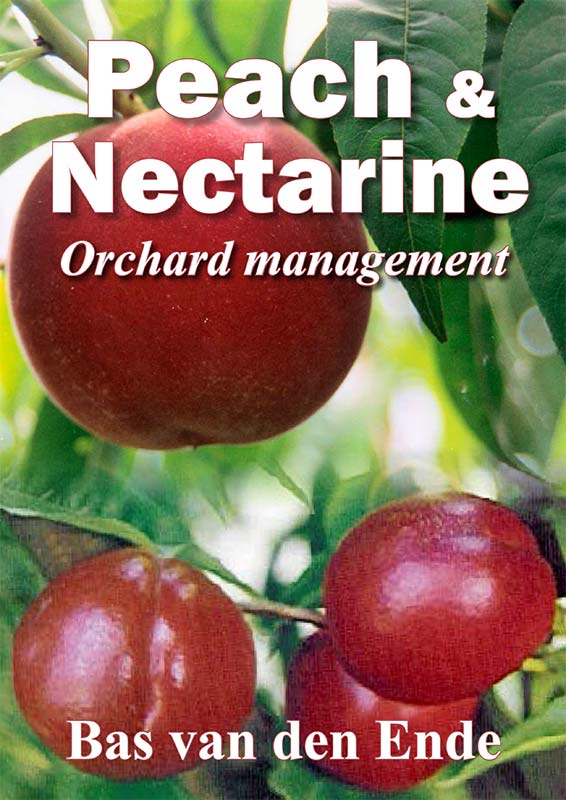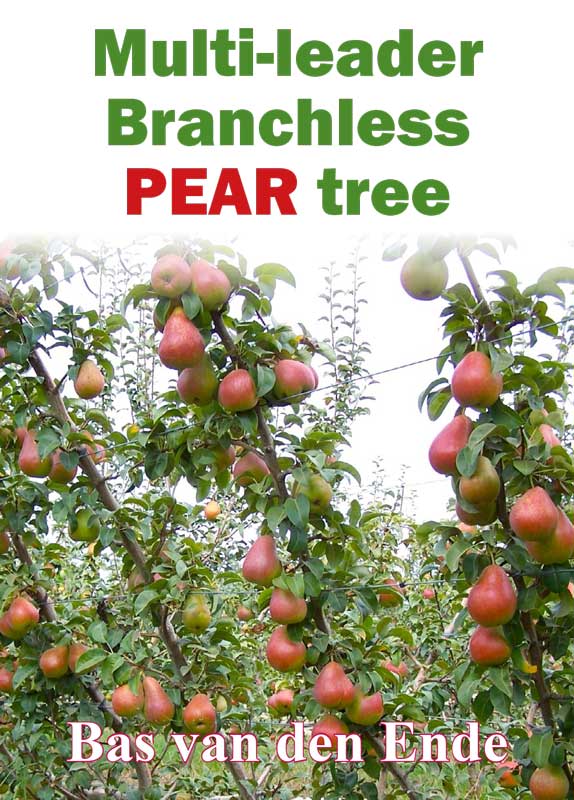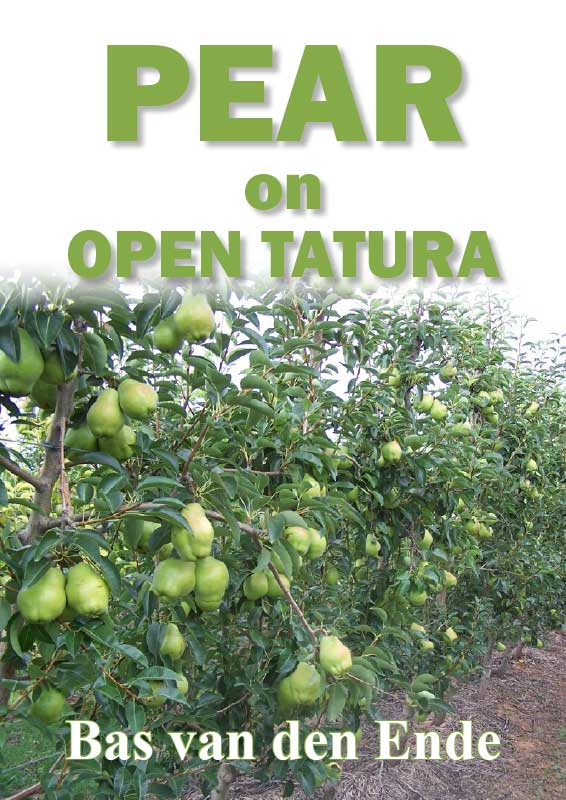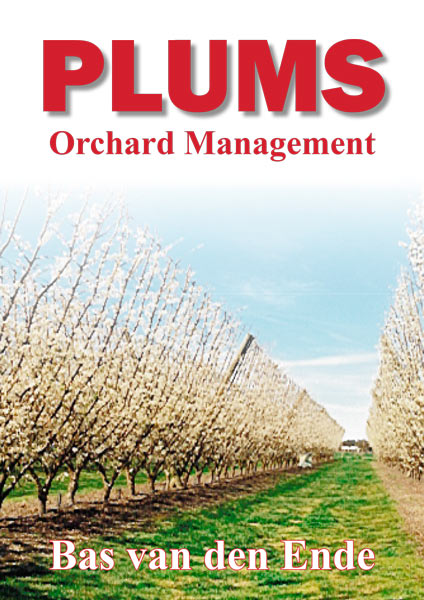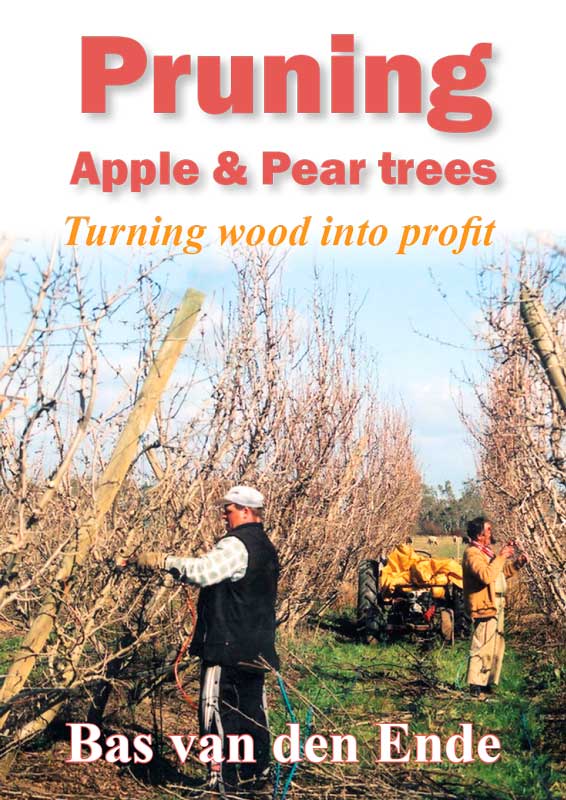The pear and cherry slug is the larval stage of the sawfly Caliroa cerasi. It is predominantly a pest of pear and cherry trees.
Pest identification
Pear and cherry slugs are easily identified in the field as dark-brown to black slug or leech-like larvae approximately 5–10 mm long.
Damage
The larvae damage pear and cherry trees by feeding on the upper surfaces of leaves, resulting in a skeletonised appearance.
Severe infestations will deplete the trees’ photosynthetic capacity, affecting shoot and fruit growth.
Pear and cherry slug infestations are common throughout the growing season, but can also accelerate after harvest (particularly in cherry orchards) when the whole of the tree canopy can brown-off prematurely.
Monitoring
Keep an eye out for pear and cherry slug activity while working in the orchard throughout the season. Early detection can help prevent significant leaf damage.
Management
Cultural and physical
Cultural controls for this pest in the commercial-scale orchard are limited, particularly if slugs are present throughout the orchard.
However, if found on only a small number of trees and in low numbers, slugs can be physically removed or washed off with a jet of water.
Biological
Pear and cherry slugs are often controlled by naturally occurring predators. Encouraging biological control agents such as hoverflies and lacewings in your orchard will help control.
Chemical
There are chemical options for controlling pear and cherry slug.
Download the Orchard plant protection guide
See this article in Tree Fruit Dec 2023

